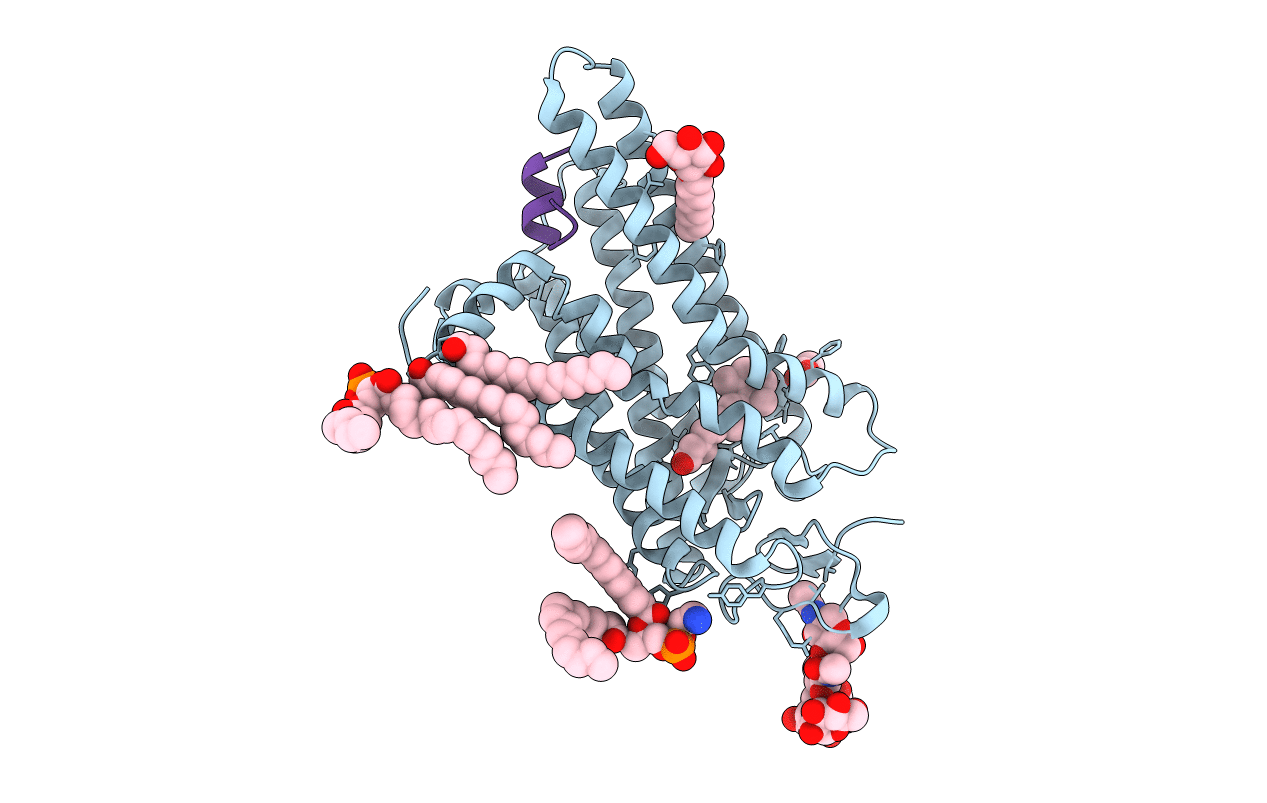
Deposition Date
2010-02-22
Release Date
2011-03-16
Last Version Date
2024-11-13
Entry Detail
PDB ID:
2X72
Keywords:
Title:
CRYSTAL STRUCTURE OF THE CONSTITUTIVELY ACTIVE E113Q,D2C,D282C RHODOPSIN MUTANT WITH BOUND GALPHACT PEPTIDE.
Biological Source:
Source Organism:
BOS TAURUS (Taxon ID: 9913)
Host Organism:
Method Details:
Experimental Method:
Resolution:
3.00 Å
R-Value Free:
0.24
R-Value Work:
0.21
R-Value Observed:
0.21
Space Group:
H 3 2


